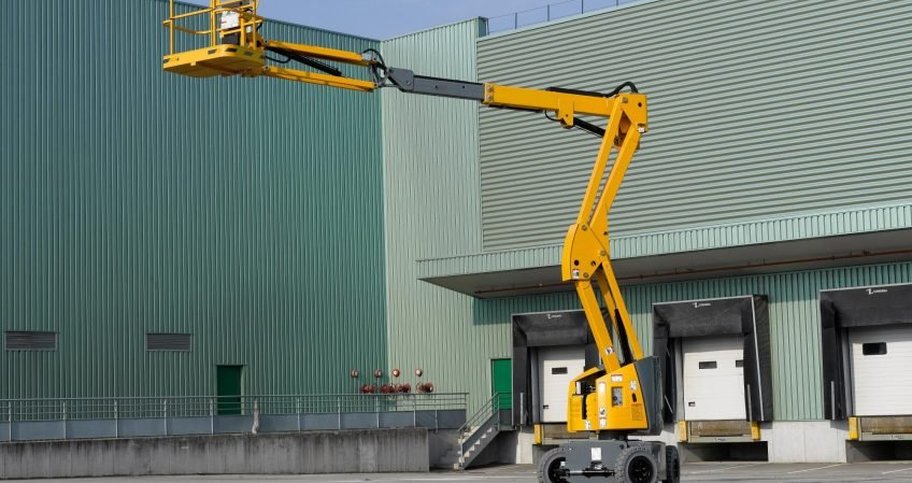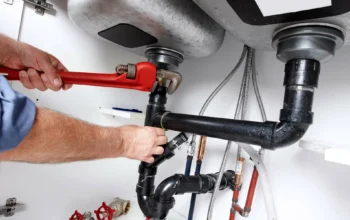In 2024, the efficiency and safety of operations in various industries such as construction, manufacturing, and warehousing heavily depend on the reliability of access equipment. This category includes a wide range of tools and machinery like scissor lifts, boom lifts, scaffolding, and ladders, all designed to enable safe and easy access to otherwise hard-to-reach areas.
Keeping this equipment in top shape is not just a regulatory requirement but a critical component of operational safety and productivity. Failure to maintain access equipment can lead to malfunctions and accidents, resulting in costly downtime, injuries, or worse.
This comprehensive guide will delve into the essential practices for maintaining your access equipment to ensure it remains safe, functional, and efficient. By adopting a proactive approach to maintenance, you can extend the lifespan of your equipment, optimize its performance, and safeguard your workforce against potential hazards.
Have schedules for regular inspection and maintenance
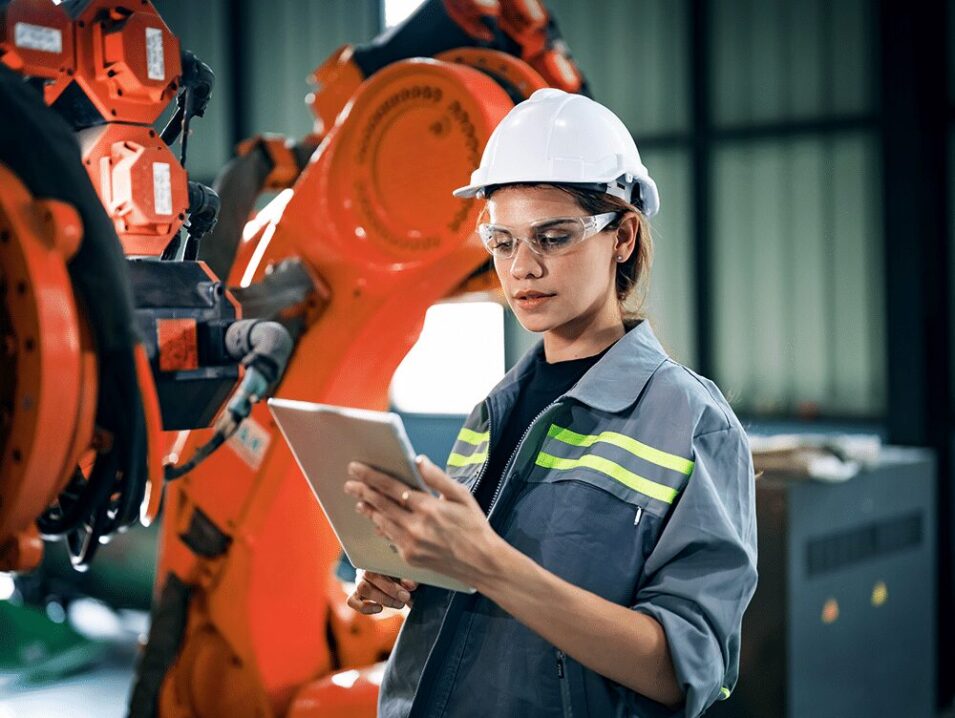
The cornerstone of keeping access equipment in top shape is establishing and adhering to a regular inspection and maintenance schedule. This routine should be aligned with the manufacturer’s recommendations and compliance standards set by safety regulatory bodies such as OSHA or ANSI. Each piece of equipment should undergo frequent inspections to identify any signs of wear and tear, corrosion, hydraulic leaks, or electrical malfunctions.
For instance, hydraulic systems in lifts must be checked for fluid levels and potential leaks, as these can affect the machinery’s operation and safety. Electrical components, on the other hand, should be inspected for insulation wear and proper connections to prevent electrical hazards. Structural components like bolts, braces, and welds require regular scrutiny to ensure they are intact and secure.
Make sure you provide proper training for the staff
Ensuring that both operators and maintenance personnel are properly trained is vital in maintaining access equipment effectively. Operators should be trained not only on how to use the equipment safely but also on basic daily checks they can perform to spot potential issues before they escalate into serious problems. Maintenance teams, meanwhile, need detailed training on more complex maintenance tasks and repair procedures.
Training should be ongoing to keep everyone updated on the latest safety standards and technology updates. Refresher courses and certifications can help reinforce proper practices and introduce new techniques that can improve maintenance efficiency and equipment safety.
When you do the maintenance use only the right parts and tools
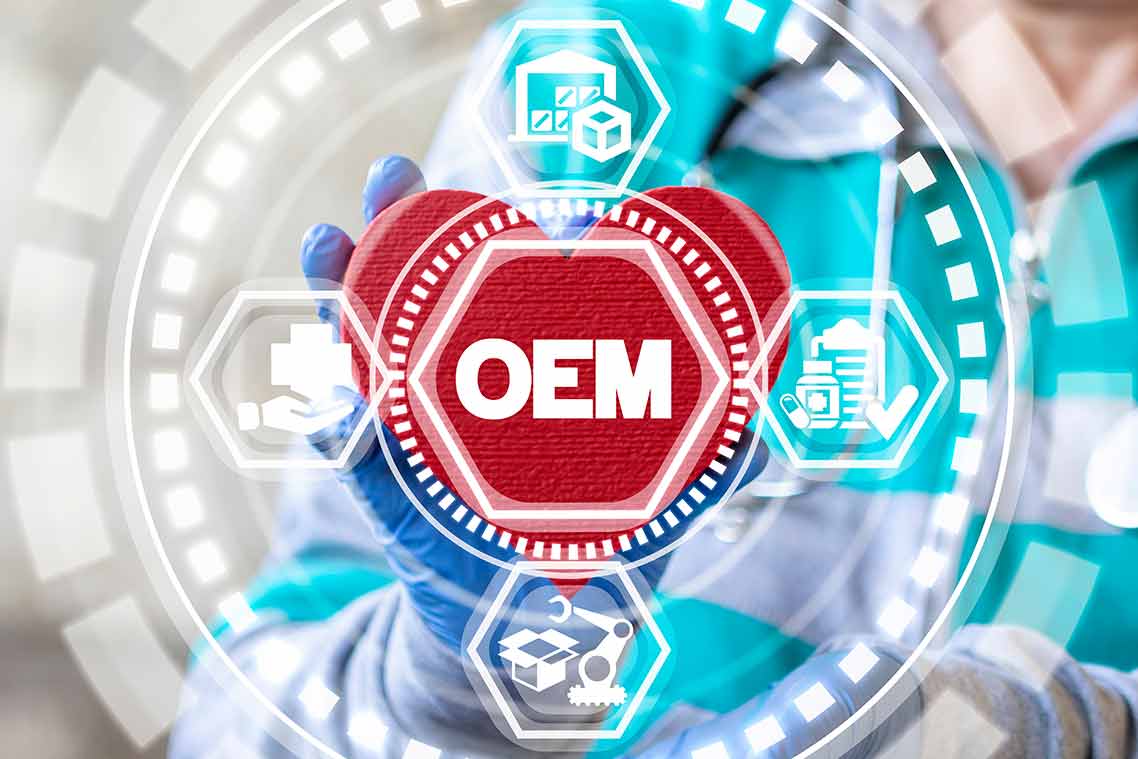
When repairs are necessary, using original equipment manufacturer parts can make a significant difference in maintaining the integrity and performance of access equipment. OEM parts are specifically designed to fit and function perfectly with the equipment, reducing the likelihood of malfunctions that can arise from incompatible components.
Similarly, using high-quality tools for maintenance work can prevent damage to the equipment and ensure that repairs and checks are carried out effectively. Investing in the right tools and parts, although sometimes more costly upfront, ultimately leads to savings by preventing frequent breakdowns and extending the equipment’s service life. To ensure the quality of the equipment and parts you use, make sure you collaborate with genuine businesses like https://cpslift.com/.
Implement a preventive maintenance program
Beyond routine checks and repairs, implementing a preventive maintenance program is crucial. This program should include detailed records of each equipment’s maintenance history, upcoming service dates, and any repairs carried out. A well-documented maintenance log not only helps in scheduling future maintenance activities but also assists in identifying recurrent issues that may indicate a need for more significant overhauls or replacements.
Preventive maintenance often involves replacing parts that are subject to wear before they fail. Proactively replacing these parts helps avoid unexpected equipment failures that can halt operations and pose safety risks. Additionally, preventive maintenance can be scheduled during off-peak times to minimize the impact on operational productivity.
Make sure you regularly update your safety and operational protocols
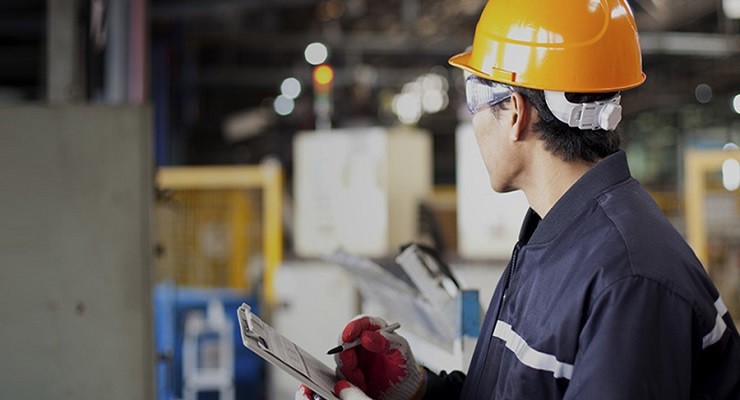
As technology evolves and new safety regulations come into effect, updating operational and safety protocols is essential. This includes revising the operational manuals to reflect current best practices and regulatory requirements. Ensuring that all users and maintenance personnel are familiar with these updates can prevent misuse and accidents, and promote the efficient and safe use of equipment.
Regular safety audits and consultations with safety experts can help identify potential risks associated with equipment use and maintenance. These audits can also provide insights into the effectiveness of current maintenance practices and suggest improvements. Involving the workforce in these discussions can also help in identifying practical issues and solutions from those who interact with the equipment daily.
Use technology to manage the maintenance process
Advancements in technology offer significant opportunities to enhance maintenance management of access equipment. Software solutions designed for equipment management can track maintenance schedules, log repairs, and send reminders for upcoming service needs. These systems can also store operational manuals and maintenance guidelines, making it easy for maintenance teams to access the information they need.
Furthermore, some modern access equipment comes equipped with diagnostic systems that monitor the machine’s performance and predict potential failures before they occur. Integrating these technologies into your maintenance program can lead to more proactive and less reactive maintenance strategies, improving equipment uptime and safety.
You have to encourage a culture of responsibility
Creating a culture of responsibility and care among all team members who interact with access equipment is fundamental. This involves fostering an environment where safety and maintenance are seen as everyone’s responsibility, not just that of the maintenance team. Encouraging operators to report any issues they notice, no matter how minor, and recognizing those who contribute to the maintenance and care of the equipment can have a profound effect on the overall safety and efficiency of operations.
Training sessions, workshops, and regular meetings to discuss equipment status and maintenance can keep all team members informed and engaged. This collective approach ensures that the equipment is not only well-maintained but also respected and valued by everyone, contributing to a safer and more productive workplace.
By implementing these strategies, businesses can ensure that their access equipment remains in top shape, supporting safe and efficient operations. Regular maintenance, combined with a proactive approach to equipment management and a strong culture of care, can significantly reduce downtime and operational costs, ensuring that projects are completed on time and without unnecessary disruption.

